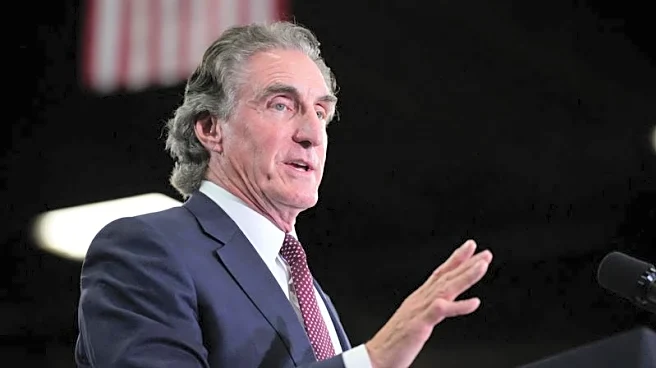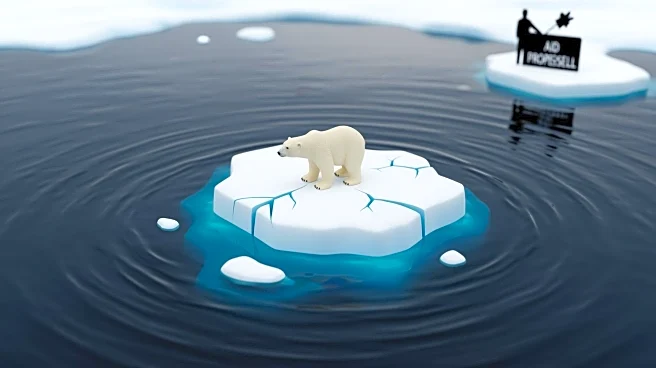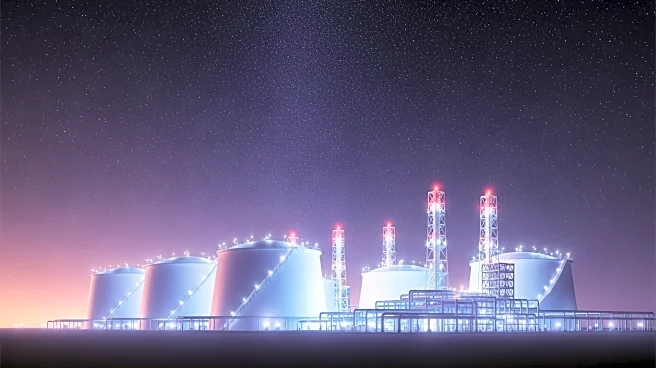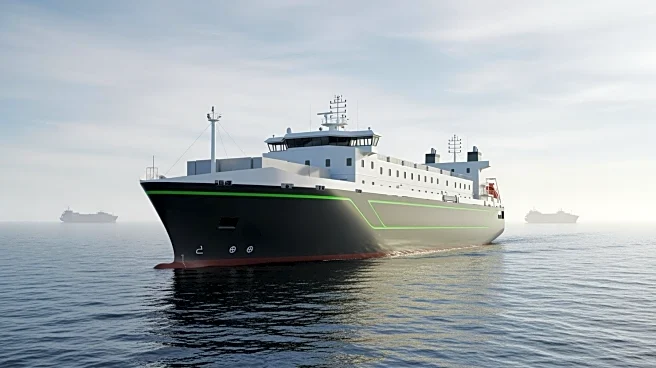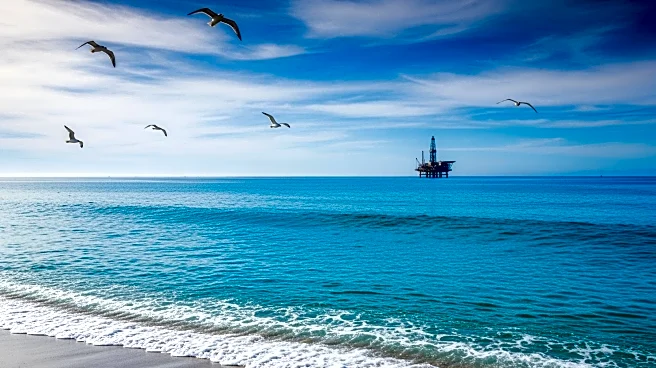What's Happening?
The proposed 800-mile gas pipeline in Alaska, supported by President Trump, is set to complete a crucial engineering and cost study by the end of the year, according to Interior Secretary Doug Burgum.
This project aims to transport gas from Alaska's northern regions to the Gulf of Alaska, a plan that has been under discussion for decades. The pipeline is a joint venture between U.S. energy developer Glenfarne and the Alaska Gasline Development Corporation. Earlier this year, Glenfarne announced its intention to make a decision on the project by 2025, having engaged Australian engineering firm Worley to conduct a Front-End Engineering and Design (FEED) study. The study's completion is expected to generate significant interest in the project.
Why It's Important?
The completion of the FEED study is a pivotal step in advancing the Alaska LNG pipeline project, which aligns with President Trump's agenda to enhance U.S. fossil fuel production. This project could significantly impact the U.S. energy sector by increasing the supply of liquefied natural gas (LNG) for export, potentially boosting the U.S. economy and energy independence. The pipeline could also create jobs and stimulate economic activity in Alaska. However, it may face opposition from environmental groups concerned about the ecological impact of fossil fuel infrastructure.
What's Next?
The FEED study's results, expected in December, will likely influence the decision-making process for the pipeline's future. If the study demonstrates feasibility and cost-effectiveness, Glenfarne and its partners may proceed with the project, potentially leading to construction and operational phases. Stakeholders, including government officials, environmental groups, and industry players, will closely monitor the study's outcomes and subsequent decisions.


